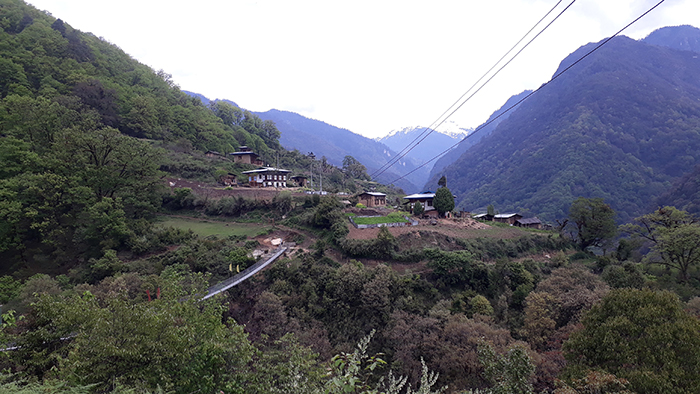Neten Dorji | Tarphel
Tarphel is a picturesque Bhutanese village situated near China-Bhutan border. This once-remote village is changing fast.
The story of change that is perhaps best told by the newly built houses and people’s living styles.
The livelihoods of the people, according to a villager, transformed after the collection and sale of Cordyceps in the village was legalised around 2006.
“In the past, most of us depended on agriculture and animals,” said a villager, Karma Choden. “After the legalisation of Cordyceps collection, everyone become well-off. Most of us could build new houses and send our children to schools.”
At least three new houses are built in the village every year.
Tashi Tenzin, 78, said that migration rate in the village was low. “More important, we are self-sufficient.”
Millet, a staple food of the community is now not very popular. Rice is available.
Singye Tshering from Longkhar said a significant transformation took place in just about a decade.
Kuenzang Namgyel, a retired soldier, said a villager could make at least Nu 300,000 form collection of cordyceps. “However, our main sources of income are forest products.”
He said that villagers made big money by selling Pari Polyphylla plants root.
A civil servant said that people in Tarphel were financially sound and people were saving more than Nu 100,000 in a year. “Villager out here don’t face financial problem like us. If the villages are connected by farm roads, many would buy vehicles.”
Registration for collectors is still going on in Bumdeling gewog.


